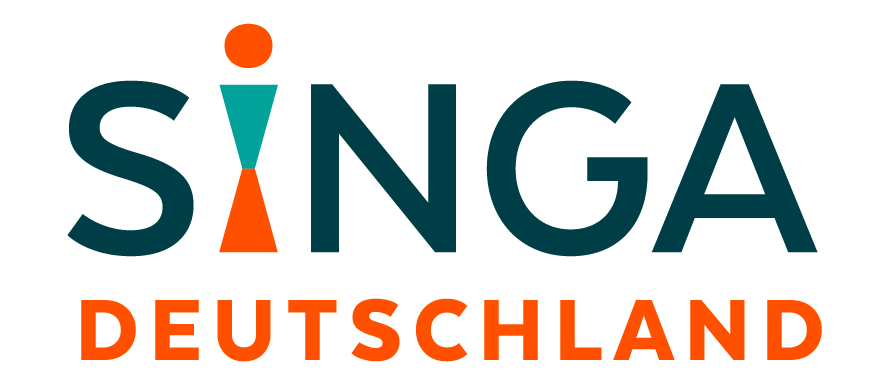Target group matrix
Time needed:
30 mins
Difficulty level:
Easy
Materials
Post-It notes, thick pencils, worksheets,target group matrix PDF
Participants
Team members
Topic
Impact
The target group matrix is good preparation for your impact plan. This is because, before you can define what you wish to change for certain people, you of course first need to precisely identify these people. In the field of inclusion, it is common for projects to work with people with different positioning in terms of power relations. Since the objective is usually to prevent this characteristic from resulting in differential treatment, it seems counterintuitive to define different groups here. In addition, a person’s positioning is often not the decisive criterion that you use to define your target groups, but one aspect you’re sensitive to in terms of needs and realities lived.
One important question is: For – and with – whom do you wish to change something? Sometimes you aim to change something for one group and, to do this, you must cooperate with another group. Here, a distinction is made between indirect and direct target groups. Moreover, a project often has several target groups. To pool your own resources as effectively as possible, it helps to ask yourself how important the change is for achieving your vision in the respective target groups and then prioritize it in primary and secondary target groups.
STEPS:
01.
Have the team members sit together and draw the matrix – as illustrated on the worksheet – on flipchart paper or project it onto the wall.
02.
Write down all stakeholders with whom you cooperate on Post-It notes.
03.
Now sort the Post-It notes by working together and putting them into the appropriate fields.
04.
What do you notice? Are there stakeholders that you thought were target groups, but who are not? Have you paid sufficient attention to the primary target groups until now?
MORE INFORMATION AND TOOLS:
Target group matrix worksheet PDF

